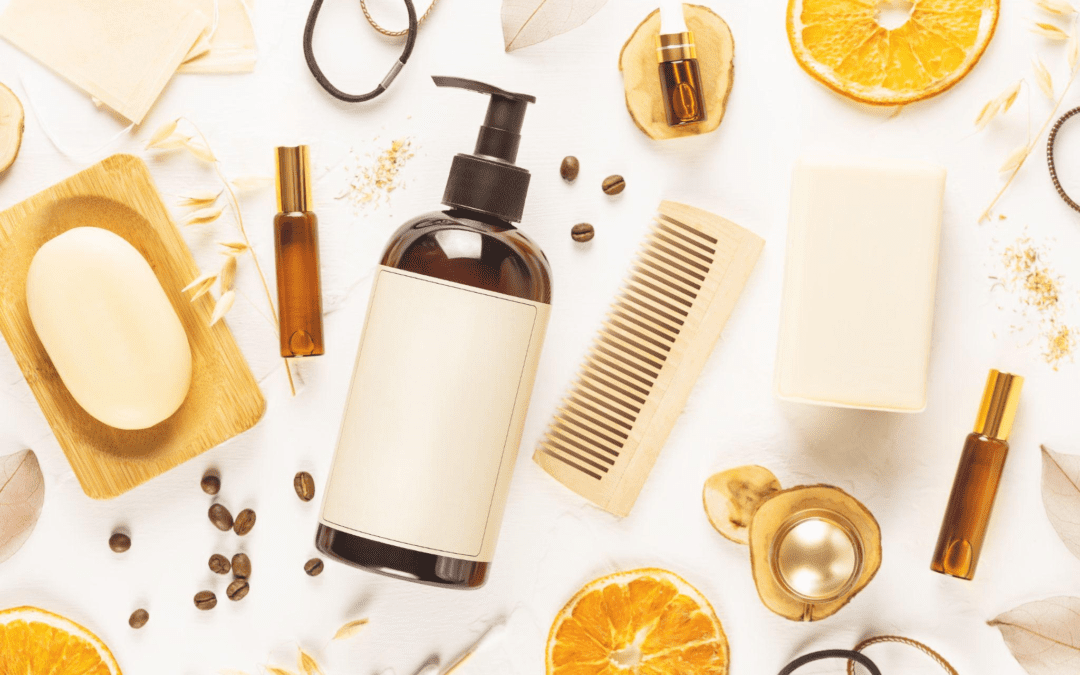Your hair is a significant part of your identity. Taking care of your locks goes beyond just shampooing and conditioning. Whether you have long, flowing tresses or a stylish shortcut, a proper hair care routine is essential to maintaining hair health, shine, and strength.
Embarking on a hair care routine is akin to diving into a skincare regimen. Once you discover the routine that works for you, you’ll find it difficult to stray. To help you navigate the vast world of hair care, let’s break down the essential components of a successful hair care routine.
Factors Influencing Your Hair Care Routine
Your hair care regimen should be customized to meet your specific needs, which are impacted by a number of variables, such as:
Natural Hair Texture or Type
The foundation of any successful hair care routine begins with understanding your hair type. Your hair type may be:
Straight Hair
- Characteristics: Straight hair lies flat and tends to be smooth and shiny. It reflects light easily and usually lacks volume.
- Challenges:Straight hair can get oily quickly.
Wavy Hair
- Characteristics: Wavy hair has a defined ‘S’ shape and can range from loose to tight waves.
- Challenges:It is often prone to frizz.
Curly Hair
- Characteristics:Curly hair forms tight curls or spirals. It can range from loose curls to corkscrew curls.
- Challenges:Curly hair tends to be more prone to dryness and frizz.
Kinky Hair
- Characteristics:Kinky hair has a tight, zig-zag pattern and is often referred to as tightly-curled hair.
- Challenges:Kinky hair is the most fragile hair type and is prone to shrinkage.
How to Determine Your Hair Type:
To identify your hair type, start with freshly washed hair and allow it to air dry without using any styling products. Pay attention to the natural pattern and texture. Additionally, consider factors like thickness (fine, medium, or coarse) and density (how closely individual strands are packed together).
Chemical Processing
Chemical processing, including procedures like coloring, perming, relaxing, and straightening, can have a significant impact on the health and structure of your hair. Understanding these effects is crucial for adapting your hair care routine to maintain the strength, moisture, and overall well-being of chemically treated hair.
Preferred Daily Hairstyles
Your preferred daily hairstyle can have a notable impact on the health and condition of your hair. The way you style your hair influences factors such as breakage, stress on the strands, and exposure to environmental elements.
Tight hairstyles can cause stress on the hair shaft and scalp, leading to breakage and, in some cases, traction alopecia. Updos and buns can distribute tension unevenly, leading to stress on specific areas of the hair. Constant changes in hairstyles may lead to increased manipulation and potential breakage. Natural hairstyles, such as Afros and twist outs can require more manipulation and product use, affecting the moisture balance and health of the hair.
Basic Components of Every Hair Care Routine

Regardless of your hair type or concerns, a good hair care routine involves the following steps:
Cleanse
Choosing the right shampoo for your hair type is the first step in any hair care routine. Additionally, using a clarifying shampoo occasionally can help remove product buildup, ensuring your hair stays clean and fresh. It’s crucial to consider your hair’s chemical history when determining the frequency of washing to maintain a balance that suits your specific needs.
Condition
Conditioning is vital for maintaining moisture and facilitating detangling. Incorporate a regular rinse-out conditioner into your routine, and for added nourishment, use a leave-in conditioner. If you have chemically treated hair, consider including a deep conditioning treatment to provide extra hydration and support.
Moisturize and Seal
After washing and conditioning, use a hydrating product followed by a sealing oil to lock in moisture. This step is particularly important for preventing dryness and maintaining a healthy balance of hydration in your hair.
Detangle
To prevent breakage, use a wide-tooth comb for gentle detangling. Adjust the frequency based on your hair type, ensuring that you are handling your hair with care to minimize damage.
Style and Protect
When styling, incorporate products like mousse, wax, or pomade. Always use a heat protection spray before using heat tools to safeguard your hair from potential damage.
Spot-Treat
Address specific concerns with targeted treatments, such as protein treatments or nourishing the scalp. Tailoring your routine to address your hair’s unique needs can contribute to overall health and vitality.
Seasonal Adjustments
Adapt your hair care routine to the changing seasons. Opt for extra hydration in winter and lighter formulas in summer to combat humidity, ensuring that your hair remains resilient in different weather conditions.
General Tips for All Hair Types
Water Temperature
Use lukewarm water instead of hot water to prevent dryness and color fading.
Nutrient-Rich Diet
What you eat reflects on your hair. A balanced diet rich in vitamins, minerals, and proteins is essential for healthy hair growth. Include foods like fish, nuts, fruits, vegetables, and lean proteins in your diet to provide the necessary nutrients your hair needs.
Drinking enough water is not only good for your overall health but also for your hair. Hydration helps maintain the natural moisture balance of your scalp and hair, preventing dryness and brittleness.
Go Natural
Let your hair air-dry to reduce heat damage. Avoid tight hairstyles to prevent strain. Use styling products only when necessary to minimize residue buildup.
The Importance of a Good Haircut
Finding the right stylist is crucial. Stick with someone who understands your preferences and enhances your hair’s natural beauty. Regular trims are essential for maintaining healthy hair.
Trimming Frequency
Regular trims are crucial for preventing split ends and promoting healthy hair growth. Aim for a trim every 6–8 weeks, even if you’re trying to grow your hair. This practice helps maintain the overall health and shape of your hair.
Kate’s Kuts Hair Care Products
Discover a range of premium hair care products at Kate’s Kuts, including:
- Shampoo
- Conditioner
- Styling
- Dry Shampoo
- Treatment
- Men’s Products
- Hair Tools
- Color Products
- Hair Care Accessories
Unlock the secrets to beautiful, healthy hair at Kate’s Kuts, where we’re committed to making every strand a masterpiece. Contact us today!


